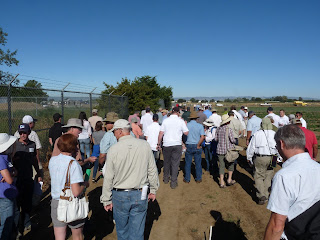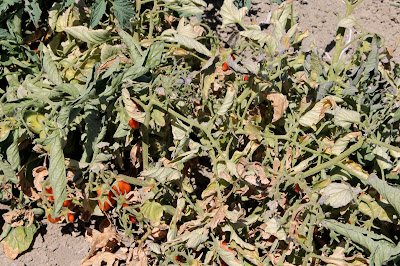From the California Department of Food and Agriculture
Dairy Industry Reach Short-Term Deal on Milk Pricing
California’s financially struggling dairy farmers likely will get some relief, after months of nearly non-stop negotiations and tireless work from lawmakers and stakeholders. Stakeholders have negotiated a sorely-needed short-term fix to help dairy owners, and Assemblyman Dr. Richard Pan (D- Sacramento) has written new legislation to help craft a thoughtful solution.




















